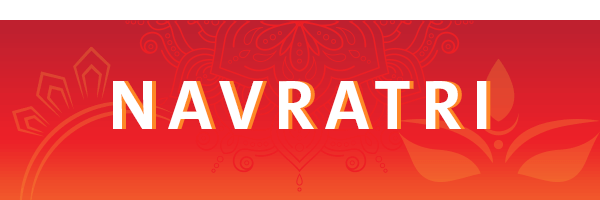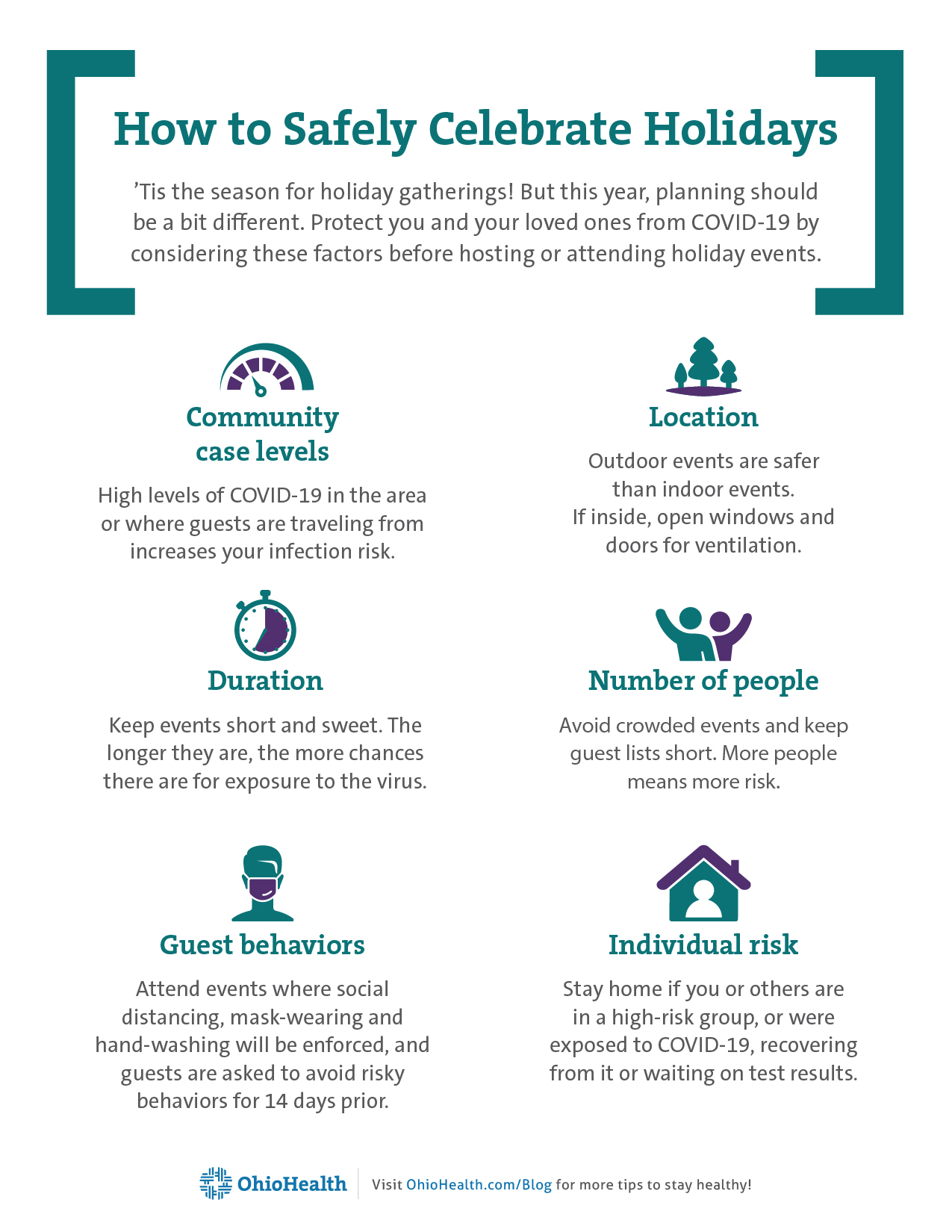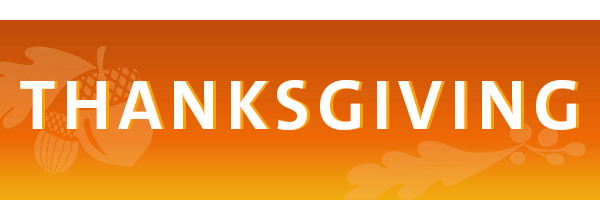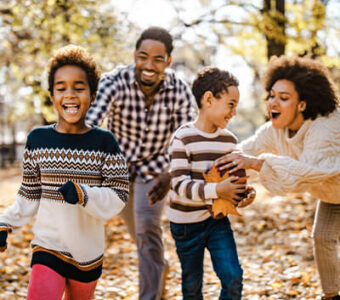Holidays give us things to look forward to, like getting together with family, reminiscing over good food, and making fond memories. But things continue to look a bit different this year, as COVID-19 and its variants are still around.
As the weather grows colder and you start making holiday plans, don’t let your guard down, as tempting as it may be. It’s important to take extra precautions with your celebrations to protect your loved ones and our communities from COVID-19.
This guide will help you enjoy favorite holiday traditions, without putting yourself and others at risk.
The following information is available through the Centers for Disease Control and Prevention. Keep in mind that this information shouldn’t replace any state, local, territorial or tribal laws, rules and regulations, or the advice of your doctor.
Who should avoid holiday celebrations?
The following people should not host or attend in-person holiday events or celebrations.
Those with or exposed to COVID-19.
- Diagnosed with COVID-19 and hasn’t met the criteria for when it is safe to be around others.
- Has COVID-19 symptoms.
- Is waiting for COVID-19 test results.
- May have been exposed to someone with COVID-19 in the last 14 days.
Those at increased risk for severe illness.
- Older adults.
- People with underlying medical conditions.
- Lives or works with someone at increased risk and is unvaccinated.
- Unvaccinated individuals.
See a full list of people at increased risk, as well as those who need to take extra precautions here.
Minimizing transmission risk
Holiday gatherings will pose varying levels of risk of contracting or spreading COVID-19, so it’s important to consider several factors when planning a holiday event or preparing to attend one.
Community case levels
If there are high levels of COVID-19 cases and community spread in the area of the event or the areas guests are traveling from, then the risk of infection is high. When deciding whether or not to host or attend an event, make sure to check out the involved areas’ health department websites.
Location of the event
Indoor events are generally riskier than outdoor events. If the holiday celebration is inside, consider the ventilation quality when deciding whether or not to host or attend. Indoor gatherings with good ventilation, such as open windows and doors, pose less risk of infection.
Duration
Longer events will have a higher risk of infection than shorter ones.
Number of people
The more guests, the higher the risk of infection.
Locations guests are traveling from
Events with guests arriving from many different locations increases the risk.
Behaviors of guests prior to the event
Events with guests that have not been practicing preventive behaviors, such as social distancing, mask-wearing and hand-washing, have a higher risk.
Behaviors of guests during the event
Events where preventive behaviors, such as social distancing, mask-wearing and hand-washing, will not be upheld put you more at risk of infection.
Vaccination status of guests
The COVID-19 vaccines are safe and highly effective. The more people attending who are vaccinated, the lower the risk of transmitting COVID-19.
Hosting a holiday celebration
- Host outdoor events instead of indoor events. If an outdoor event isn’t feasible, avoid indoor areas that are crowded, poorly ventilated or fully enclosed.
- Keep your guest list short and local. Be aware of how many people you are allowed to invite according to state, local, territorial or tribal health and safety laws, rules and regulations. And consider how much space you have to offer your guests to spread out.
- Keep your guests up to date on COVID-19 guidelines and preventive behaviors.
- Require social distancing, mask-wearing, hand-washing and avoiding touching common surfaces or items at the event.
- Encourage guests to bring extra supplies, such as clean masks, hand sanitizer and tissues.
- Request guests avoid contact with people outside of their household for 14 days prior to the event if they are unvaccinated.
- Limit the number of people handling or serving food. This can be done by encouraging guests to bring their own food and drinks, offering single-use options or having one person serve food and sharable items, such as dressings and condiments.
- Reach out to guests to see how they are feeling. Request that they stay home if they are feeling sick, have been exposed to COVID-19 or have a higher risk of severe illness.
- Encourage guests to get vaccinated. Vaccines are the best tool we have to limit and prevent transmission of COVID-19. Encourage your guests to get their shot to decrease everyone’s risk.
Attending a holiday celebration
- At indoor holiday events, if you are unvaccinated, be sure to wear a mask. It could be required for those who are vaccinated as well. Check in with your event host for specific guidelines.
- Contact the host and ask what preventive measures they are taking to increase safety.
- Bring clean masks, hand sanitizer and tissues.
- Plan on avoiding contact with those outside of your household for 14 days prior to the event if you are unvaccinated.
- Practice social distancing (at least 6 feet away) from other guests not in your household.
- Wear a mask and wash your hands with soap and water for at least 20 seconds after touching surfaces, items or other individuals at the event.
- Avoid touching your face.
- Do not attend any events if you are feeling unwell, have been exposed to COVID-19 or at a higher risk of severe illness.
Holiday travel
Travel increases your chances of contracting or spreading COVID-19. Follow these safety measures during your trip to stay safe.
- Wear a mask that covers your nose, mouth and chin.
- Practice social distancing (at least 6 feet apart) from anyone not in your household, especially if you are not vaccinated.
- Get vaccinated, and if you are not vaccinated, get tested both before and after your trip.
- Wash your hands often with soap and water for at least 20 seconds.
- Use hand sanitizer if soap is unavailable.
- Avoid contact with those who are sick or have been exposed.
- Avoid touching your eyes, nose and mouth.
Be sure to check out the Centers for Disease Control and Prevention website for more information on travel during the pandemic.
After the celebration
- Limit your exposure to other people as much as possible, especially if you are unvaccinated.
- Avoid being around those at higher risk for severe illness.
- Consider getting tested for COVID-19 if you are unvaccinated or if you experience any COVID-19 symptoms.
If you develop COVID-19 symptoms, regardless of your vaccination status, contact your healthcare provider so you can be tested for COVID-19 and follow these steps. If you have symptoms or test positive for COVID-19, immediately contact the host of the event you attended. They will be able to inform all attendees of the event of their possible exposure. If you do test positive for COVID-19, it’s possible that a public health worker will contact you to find out who you’ve been in contact with. This will also help spread awareness to all who were potentially exposed so they can get tested.
Recommendations for specific holidays

Navratri | October 7–15
Lower-risk activities
- Setting aside time for longer meditation.
- Performing Aarti in front of the image or statue of Goddess Durga.
- Dancing and singing Bhajans with your household.
- Donating money or food to a nonprofit organization that helps those less fortunate.
- Joining Music Arts for free and virtual celebrations on YouTube and Facebook.
Moderate-risk activities
- Hosting or attending a small gathering with local friends and family. Wear masks and keep a safe distance away from those not in your household.
- Participating in outdoor celebrations with the use of masks and social distancing.
Higher-risk activities to avoid
- Hosting or attending a large, crowded celebration.
- Dancing or singing with those not in your household or community.
- Visiting or inviting out-of-town friends and family to celebrate.
Halloween | October 31
Lower-risk activities
- Carving pumpkins with your household, or with neighbors and friends at a safe distance.
- Decorating your home.
- Having a Halloween and horror movie night with your household.
- Creating a Halloween scavenger hunt for your kids.
- Hosting or attending a virtual Halloween costume contest.
For more ideas with descriptions, check out our trick-or-treat alternatives.
Moderate-risk activities
- Participating in one-way trick or treating, where individually wrapped goodie bags are lined up for families to grab.
- Hosting or attending a small group, outdoor costume party, where protective masks are worn. Costume masks are not a suitable replacement for protective masks, unless it’s made of two or more layers of breathable fabric and covers your nose, mouth and chin without gaps.
- Visiting a pumpkin patch or orchard while wearing masks, using hand sanitizer before touching produce and keeping a safe distance from those not in your household.
- Going to an outdoor, one-way haunted forest where mask-wearing and social distancing is enforced.
Higher-risk activities to avoid
- Traditional trick or treat.
- Hosting or attending a trunk or treat where treats are handed out from trunks of cars lined up in a parking lot.
- Attending crowded costume parties.
- Going to an indoor haunted house.
- Going on hayrides or tractor rides with people who are not in your household.
- Traveling to a fall festival outside of your community, especially if it’s in an area with high levels of COVID-19 and community spread.
Día de Los Muertos | October 31–November 2
Lower-risk activities
- Preparing traditional family recipes.
- Listening to music in your home that your deceased loved ones enjoyed.
- Making and decorating masks or an altar for the deceased.
- Setting out pillows and blankets in your home for the deceased.
- Hosting or attending a virtual celebration with friends and family.
Moderate-risk activities
- Hosting or attending a small group, outdoor parade where people are socially distanced and wearing masks.
- Visiting and decorating graves of loved ones with household members.
- Hosting or attending a small dinner with local friends and family.
Higher-risk activities to avoid
- Attending large celebrations.
- Participating in crowded, indoor events.
- Celebrating with friends and family from out of town.
Diwali | November 4
Lower-risk activities
- Creating rangoli on the floor with your household.
- Shopping for gold kitchen utensils or any kind of metal online on Dhanteras.
- Decorating your home with diyas.
- Celebrating Lakshmi Puja with your household, followed by dinner and setting off small fireworks in your backyard.
- Calling relatives or sending gifts to wish them luck and prosperity.
- Hosting or attending a virtual party to see the lights your friends and family set up.
Moderate-risk activities
- Hosting or attending a small dinner after Lakshmi Puja with local friends and family. Wear masks before and after eating, and wash your hands after touching shared objects and surfaces.
Higher-risk activities to avoid
- Attending a large, crowded dance performance or festival.
- Visiting or inviting out-of-town family to celebrate.
- Going shopping at crowded stores.
Thanksgiving | November 25
Lower-risk activities
- Having dinner with your household members.
- Hosting or attending a virtual dinner with friends and family.
- Participating in Cyber Monday or online Black Friday deals.
- Watching sporting events, parades and movies at home.
Moderate-risk activities
- Having a small dinner with local friends and family. Wear masks before and after eating, and wash your hands after touching shared objects and surfaces.
- Attending small, outdoor sporting events with safety precautions in place.
Higher-risk activities to avoid
- Going shopping in stores before Thanksgiving or on Black Friday.
- Hosting or attending large, crowded events.
- Visiting or inviting out-of-town family for a Thanksgiving meal.
Hanukkah | November 28 – December 6
Lower-risk activities
- Lighting the menorah each night with your household or vaccinated friends.
- Cooking and baking traditional foods, such as latkes and sufganiyot.
- Spinning the dreidel with your household or vaccinated friends.
- Donating to charities and nonprofit organizations.
Moderate-risk activities
- Hosting or attending small gatherings with local friends and family, while wearing masks and washing your hands.
- Worshipping at your synagogue, staying a safe distance away from those not in your household and wearing a mask.
Higher-risk activities to avoid
- Hosting or attending a large celebration.
- Attending a crowded, public menorah lighting.
Christmas | December 25
Lower-risk activities
- Shopping for Christmas presents online.
- Watching Christmas movies with those in your household.
- Baking Christmas sweets at home.
- Decorating a Christmas tree with your household.
- Spending Christmas morning with those in your household.
Moderate-risk activities
- Going Christmas tree shopping with a mask on and practicing social distancing.
- Sledding at a local spot, while wearing a mask and keeping a safe distance from those not in your household.
- Hosting or attending a small Christmas party with local friends and family. Make sure to wear masks and wash your hands frequently.
Higher-risk activities to avoid
- Hosting or attending a large Christmas party.
- Going Christmas shopping in person at crowded stores.
- Visiting or inviting out-of-town family for Christmas Eve and Christmas Day celebrations, unless they are vaccinated.
Kwanzaa | December 26–January 1
Lower-risk activities
- Cooking the Kwanzaa karamu with your household and exchanging gifts after.
- Decorating a mkeka with a kinara and mishumaa saba, mazao, muhindi, zawadi and kikombe cha umoja.
- Drumming and dancing with your household.
Moderate-risk activities
- Hosting or attending a small Kwanzaa karamu with local friends and family. Wear masks before and after eating, and wash your hands after touching shared objects and surfaces.
- Attend a small, local event to enjoy live music and art. Wear a mask and practice social distancing.
Higher-risk activities to avoid
- Hosting or attending a large Kwanzaa celebration without being vaccinated or social distancing.
- Visiting or inviting out-of-town family and friends that are unvaccinated or haven’t been recently tested for COVID-19.
New Year’s Eve | December 31
Lower-risk activities
- Watching the ball drop on TV.
- Throwing a mini party with your household. Get festive with 2021 glasses and noisemakers!
- Host or attend a virtual New Year’s Eve party with friends and family.
Moderate-risk activities
- Hosting or attending a small gathering with local friends and family. Wear masks and wash your hands frequently.
- Going to a park to watch local fireworks. Wear a mask and keep distance from others not in your household.
Higher-risk activities to avoid
- Going out to bars with friends.
- Hosting or attending large parties.
- Barhopping.
- Going dancing at crowded clubs.
If you think you may have come into contact with someone who has COVID-19, call your primary care doctor or the Ohio Department of Health call center. The call center is now open seven days a week from 9 a.m. to 8 p.m. to answer your COVID-19 questions, and can be reached at 1 (833) 4-ASK-ODH (1 (833) 427-5634).
The information in this article was updated on December 14, 2021, and aligns with advice from the Centers for Disease Control and Prevention. For the latest information concerning COVID-19, visit the CDC’s website.














